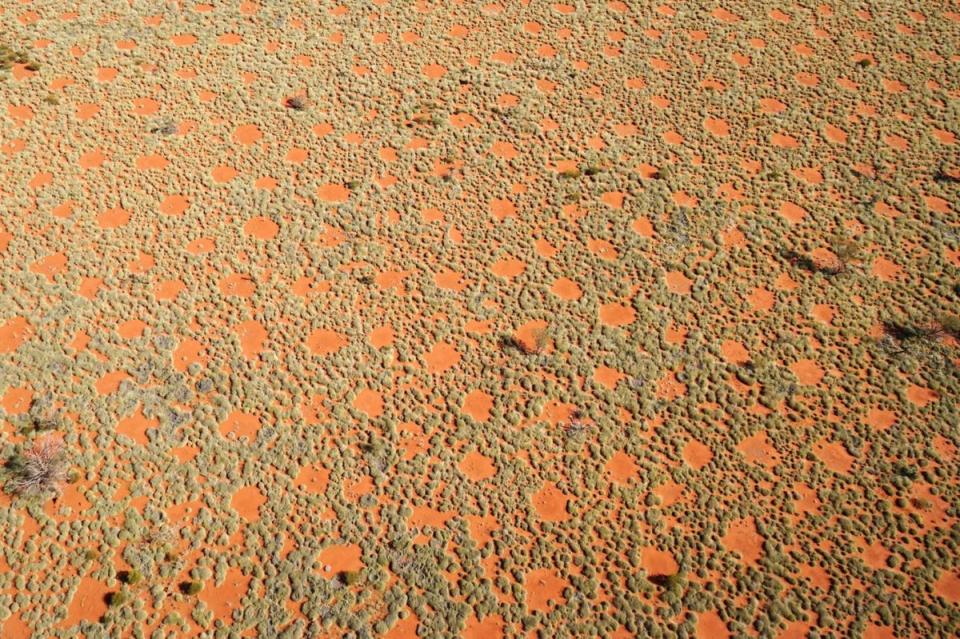Mysterious ‘fairy circles’ found dotting Africa and Australia now found in more parts of world

Strange circular patches called “fairy circles” dotting the arid terrains of Namibia and Australia have puzzled scientists for decades and have now been mapped across 250 locations that span 15 countries.
Until now, the enigmatic circular patterns of bare soil surrounded by plants generating rings of vegetation had only been described in Namibia and Australia.
Multiple theories have been proposed over the past five decades to explain their formation, but the global dimension of the phenomena has remained elusive, said researchers, including those from Universidad de Alicante (UA) in Spain.
The new study, published on Tuesday in the journal PNAS, used artificial intelligence to classify satellite images, obtaining 263 sites where patterns similar to the fairy circles have been described to date, including from Namibia and Western Australia.
The analysis found these patches in places like the Sahel, Western Sahara, the Horn of Africa, Madagascar, southwest Asia and central Australia, suggesting fairy circles are “far more common than previously thought”.
“Analyzing their effects on the functioning of ecosystems and discovering the environmental factors that determine their distribution is essential to better understand the causes of the formation of these vegetation patterns and their ecological importance,” study co-author Emilio Guirado from UA said.
Scientists found that the combination of certain soil and climate characteristics, such as low nitrogen content and an average rainfall of less than 200 mm/year, are associated with the presence of fairy circles.

“This study has taken into account multiple variables hitherto not considered, such as albedo or the state of the aquifers,” said Jaime Martínez-Valderrama, another author of the study.
“This is a particularly relevant factor, since the massive use of groundwater in arid areas around the world, including deserts, could disturb these formations,” Dr Martínez-Valderrama said.

The new findings, according to researchers, also open the door to research on whether these patterns on the soil can be indicators of ecosystem degradation with the climate crisis.
With the new study, scientists have also made available a global atlas of fairy circles and a database that could be useful in determining whether these vegetation patterns are more resilient to climate change and other disturbances.

